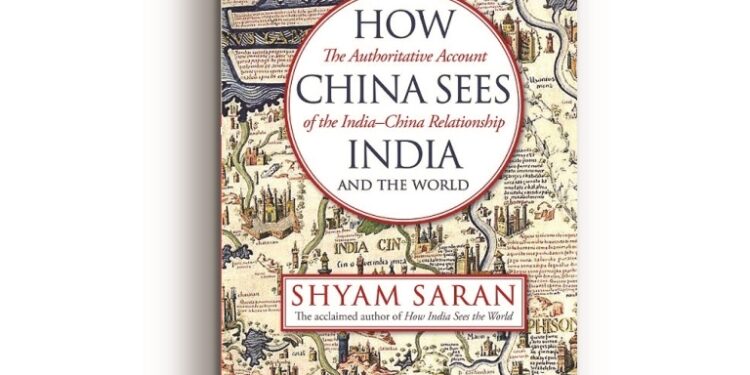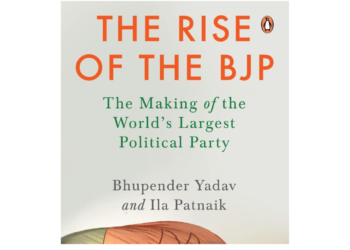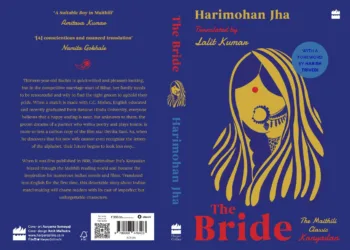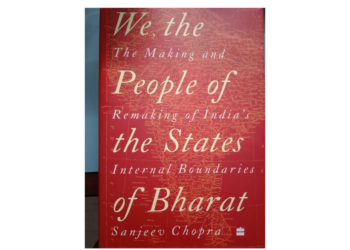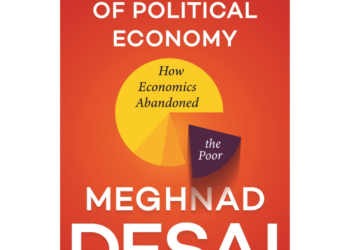Shyam Saran, a former foreign secretary, who served as the Prime Minister’s Special Envoy for Nuclear Affairs and Climate Change, and was chairman of the National Security Advisory Board, attempts to understand China in his latest book, How China Sees India And The World
BY RUKMA SALUJA
The India-China relationship is both perplexing and vexing. With China flexing muscle around the globe, Shyam Saran’s book is a much needed attempt to decode what makes the dragon in our neighbourhood breathe fire and swish its tail. Saran is well placed to observe and comment as he served there as a diplomat over two stints (1974-77 and 1983-86), the first time even taking the trouble to learn the language. He strings together a slew of subjects, in fact all that goes into the making of a country, even a civilisation—philosophy, religion, Confucianism, Legalism, overland and maritime prowess, diplomatic missions, a strong sense of self, a self-image as an overarching power, language, script, and much else.
About the multiple scripts in India versus the unified script that China has had since the written word came into existence, he says: “The role played by a unified Chinese script in enabling relative uniformity in governance structures cannot be overemphasised…. The peculiarity of the Chinese language and its long evolution have also influenced Chinese political behaviour.” He underscores the age, continuity and greatness of the two civilisations and visits the exchanges that enriched both cultures. For the uninitiated reader, he matches the eras and periods in history of both countries for ease of understanding historical timelines. Sample this: “The Zhou dynasty later became romanticised as a kind of Chinese Ram Rajya, when concepts of a powerful ruler and a centralised state became ideals to be pursued thereafter.” It is nuggets like these that make this such an enriching read.
What Saran explains right in the early chapters is like a blueprint or a prism through which to gain an insight into that country. He writes, “Confucianism and Legalism also laid great stress on the need for a strong central authority to ensure the peace and prosperity of the state….There is an innate acceptance, even preference, for strong state authority and authoritarian leadership as assurance of domestic peace and prosperity, to an extent that is more pronounced than in other countries.”
Trade flourished between the two countries, as with others in the east, and during India’s medieval period, particularly the Chola Empire which had an impressive naval fleet, spreading with it ideas and spirituality, scholarship, artistic influences and much else. India’s scholars were much sought after according to Chinese travellers like Xuan Zang and Fa Xian. Buddhism went to the world, particularly the eastern countries, after taking birth in India, but over the centuries took a uniquely Sinic hue.
In trying to understand the attitudes that shape the behaviour and therefore the diplomatic, economic and military relationships of the two great civilisations, Saran takes a dispassionate look at the history of the other countries and civilisations in the region, their interactions with India and with each other.
The chapter on Tibet is an eye-opener (for the uninitiated), and helps understand the India-Tibet-China conundrum, why and how the Dalai Lama derives political power and reverence despite being a spiritual leader. A difference in recorded histories and therefore of self-perception, with China seeking to show Tibet as a part of its own territory rather than as an independent country. Saran writes: “In seeking to buttress the legitimacy of Chinese rule over Tibet, there is an effort among Chinese scholars to push the inclusion of Tibet into China to ‘ancient time’ and to even suggest that all the territories which were included in the most expansive phase of the Manchu Qing empire should be treated as organically Chinese, even if at certain points in history they were ruled by local regimes or by non-Han polities. This includes Tibet.”
In detailing the Opium Wars and the century of humiliation, Saran’s is an impartial voice giving a bird’s eye view of the horrors perpetrated by the British and their allies, the humiliating treaties China had to sign, the lands it had to cede: events that continue to shape that country’s attitudes and policies today.
China views India’s colonisation by the Mongols, Mughals, and the British as a weakness, and a lesson in what it ought not to do. An entire chapter, “India as Teacher by Negative Example” explains this view, and is the learning gleaned from this period of India’s history. Saran writes: “While India’s past glory as a great civilisation was conceded, in contemporary times it became an example of a failed and fallen country. The reason for this decline was said to be the slavish character of its people and the lack of a strong authority to mobilise the people to resist foreign aggression.”
China’s economic and military growth have added a dimension to its perception of its own importance and therefore of itself at the centre of global interactions, making its diplomacy more muscular.
Current geopolitical upheavals are the engine for India to gain advantages for herself.
If there were to be a complaint, it would be that there are no maps included in the book. It calls for several.


